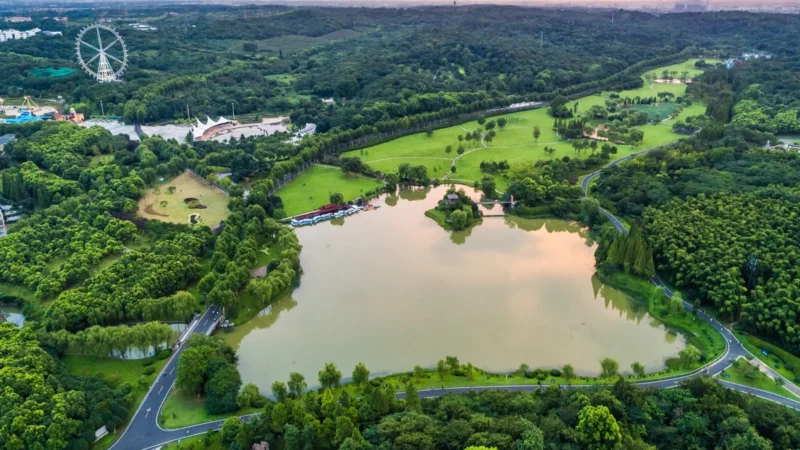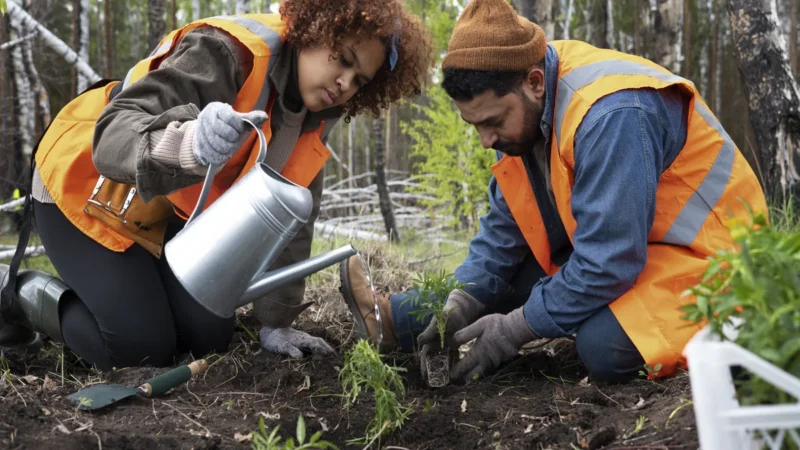EU’s Ambitious Goal: Restoring 20% of Lands and Waters by 2030

The European Union’s commitment to restoring 20% of its lands and waters by 2030 marks a crucial stride toward environmental rejuvenation. This ambitious goal, a part of the EU Biodiversity Strategy for 2030, signifies a pivotal moment in the global effort to address ecological degradation and preserve biodiversity.
Rationale Behind the Initiative
The urgency to halt biodiversity loss and mitigate the effects of climate change propels this initiative. Ecosystems worldwide are under immense pressure due to human activities, leading to a decline in biodiversity. The EU recognizes the significance of these ecosystems, not just in terms of wildlife but also for sustaining livelihoods, ensuring food security, and supporting numerous industries.
Targets and Scope
The objective to restore 20% of lands and waters within the EU is both ambitious and comprehensive. It encompasses various ecosystems, including forests, wetlands, grasslands, and marine habitats. The strategy aims to improve the health and resilience of these areas, promoting the recovery of native species and ecosystems while enhancing their capacity to provide essential services.
Implementation Strategies
Achieving this goal requires a multifaceted approach. The EU plans to utilize a combination of conservation efforts, restoration projects, and sustainable land management practices. Investing in natural infrastructure and rewilding initiatives are key components of this strategy. Additionally, collaboration with local communities, stakeholders, and international partners is crucial for success.
Benefits of Restoration Of Lands and Waters and Their Impact
The restoration of lands and waters will yield substantial benefits, both for the environment and society. Enhanced biodiversity will bolster ecosystem services such as pollination, water purification, and carbon sequestration. Moreover, restored habitats can serve as carbon sinks, contributing significantly to climate change mitigation efforts. Economically, this initiative can create jobs, support sustainable tourism, and foster innovation in green technologies.
Challenges and Mitigation Strategies
Despite its noble intentions, the EU faces challenges in implementing this ambitious plan. Issues like land degradation, invasive species, and conflicting land-use practices pose significant hurdles. To overcome these challenges, the EU emphasizes the importance of science-based approaches, adaptive management, and robust policy frameworks. Engaging local communities and garnering their support will also be pivotal in navigating these obstacles.
Global Implications and Leadership
The EU’s commitment to restoring lands and waters reverberates globally, setting a precedent for other nations to follow suit. By showcasing leadership in biodiversity conservation, the EU encourages a collective effort to protect and restore ecosystems worldwide. This initiative aligns with international agreements like the Convention on Biological Diversity, amplifying its impact on a global scale.
Monitoring and Evaluation
Monitoring progress and assessing the effectiveness of restoration efforts are integral to achieving the 20% target by 2030. The EU emphasizes the need for robust monitoring systems and indicators to track biodiversity trends, evaluate restoration success, and adapt strategies accordingly. Transparency and accountability in reporting progress will be vital in ensuring the initiative stays on track.
Key Takeaways
The EU’s commitment to restoring 20% of lands and waters by 2030 signifies a resolute step toward a more sustainable future. This ambitious goal, backed by comprehensive strategies and a collaborative approach, holds the promise of revitalizing ecosystems, safeguarding biodiversity, and fostering resilience in the face of environmental challenges. As the world watches, the EU’s initiative stands as a beacon of hope and inspiration in the global endeavor to restore our planet’s natural heritage.


